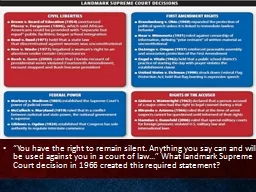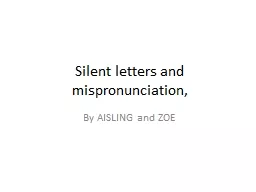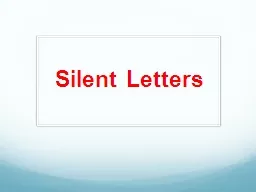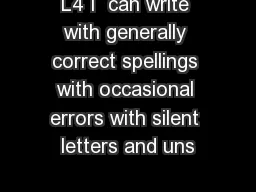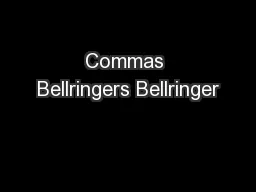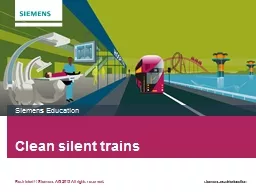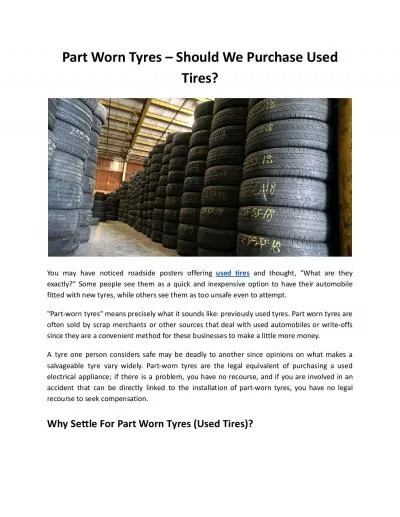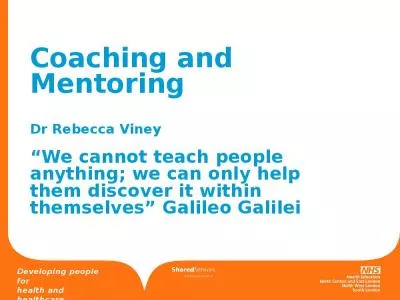PPT-Bellringer “You have the right to remain silent. Anything you say can and will be used
Author : luanne-stotts | Published Date : 2018-03-21
Citizenship Unit3 Part5 Pgs 218224 BeforeGuess the Lesson End Guess the LessonPossible Answers Supreme Court District Courts Constitution Law Judges Justices Districts
Presentation Embed Code
Download Presentation
Download Presentation The PPT/PDF document "Bellringer “You have the right to rema..." is the property of its rightful owner. Permission is granted to download and print the materials on this website for personal, non-commercial use only, and to display it on your personal computer provided you do not modify the materials and that you retain all copyright notices contained in the materials. By downloading content from our website, you accept the terms of this agreement.
Bellringer “You have the right to remain silent. Anything you say can and will be used: Transcript
Download Rules Of Document
"Bellringer “You have the right to remain silent. Anything you say can and will be used"The content belongs to its owner. You may download and print it for personal use, without modification, and keep all copyright notices. By downloading, you agree to these terms.
Related Documents

